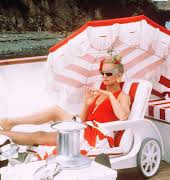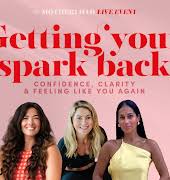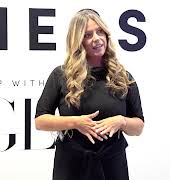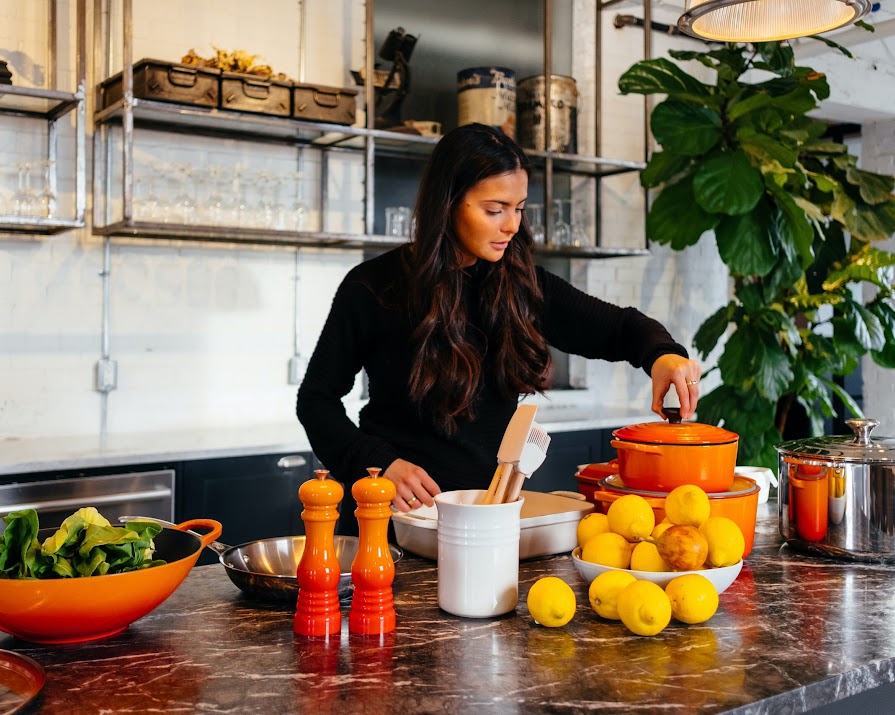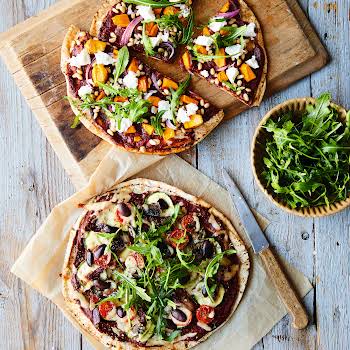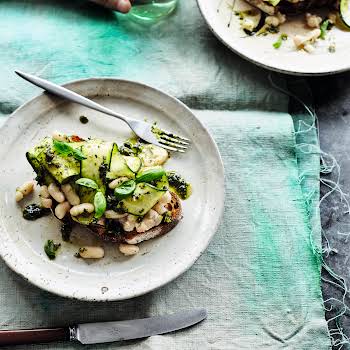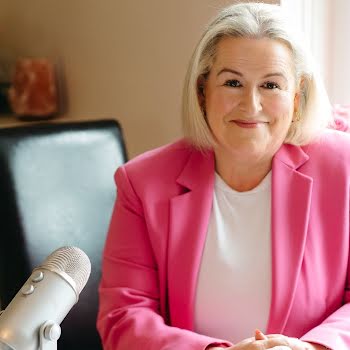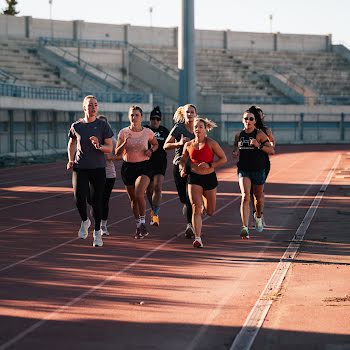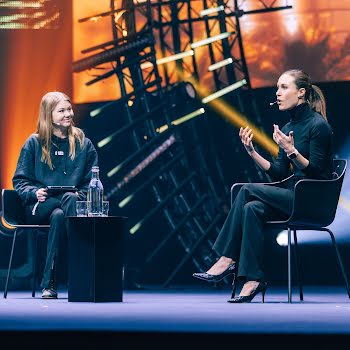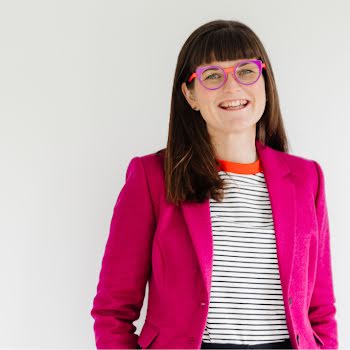
Does disordered eating fuel our consumption of ‘What I Eat in a Day’ videos?
By IMAGE
18th Apr 2024
18th Apr 2024
At the height of her disordered eating, this writer was obsessed with a particular YouTube phenomenon where models and influencers documented 'What I Eat in a Day'. Now, she realises why she felt so compelled to watch.
I used to be totally obsessed by a regular feature in women’s magazines where a nutritionist would rate a celeb’s fridge out of ten. Flicking through the pages, I’d be enthralled by a sneak peek into the day-to-day diet of a former Big Brother contestant or a model-turned-actress. They’d be packed full of greens and salmon fillets and alternative kinds of milk, but would inevitably always be rated a lowly seven, thanks to a lone Muller Crunch Corner yoghurt lingering behind the broccoli. I loved that feature, much like I do anything that reveals the minutiae of life.
Luckily for me, and anyone just as nosey, in the age of constant connection and hashtag authenticity, there is a deluge of spending diaries, tours around bathroom cabinets, and Instagram-storied skincare routines. And while I greedily gobble up most of it, there’s just one type that I don’t let myself indulge in: the What I Eat in A Day video.
Daily diets and cheery music
I’m sure you’re familiar with the format. A blogger, most often a woman, documents every morsel that passes their lips, usually backed by some cheerful music and a few frames of them going about their day. A couple of years ago, this was the type of content I craved.
Advertisement
I trawled the internet for perfectly edited videos of bloggers’ daily diets or squealed with glee when someone I followed posted a food diary. If the supply is equal to the demand, I can’t have been the only one watching and reading about what the women of the web ate everyday — a quick YouTube search brings up over 130 million results.
I wonder why collectively we’re so hungry for this type of content? Perhaps it’s just innocent intrigue; perhaps we’re seeking out recipe ideas or meal-prepping tips.
Maybe it’s even expected of us — we document our every move online so much already that updates on what everyone is eating are just an extension of that.
Facebook, Instagram, and X (formerly known as Twitter) all let me know when my friends have gone for a flat white; when they’ve voted in an election; when they’ve bought a new pair of dungarees in the sales — so it’s only natural that our curiosity now stretches to what people keep in their freezer or what they sprinkle atop their muesli.
It’s nothing. It’s harmless.
And whilst many may be able to watch these videos and then step away unscathed, my ravenous consumption of the What I Eat in a Day video was fuelled by something much more sinister.
Advertisement
My own brand of diet advice
When I was at the worst point in my disordered eating, I realise now that every time I clicked on a What I Eat in a Day, it was to seek out my own brand of diet advice. The women I watched did not purport to have any credentials when it came to nutrition, but I took anything they said about food as gospel.
Whether it was keto, paleo, Weight Watchers or Slimming World, I weighed up my own diet against theirs: I berated myself for having portions larger than theirs, for eating more carbs than they did, for feeling hungry between lunch and dinner when they were able to blaze on through.
It depends, of course, on what type of video you watch. Recently, there seems to have been an equal and opposite reaction to the kind of videos I was watching with the genesis of the Realistic What I Eat in a Day video — implying, of course, that the diets documented online tend to be extremely unlike what many of us are actually eating.
But, at the time, I didn’t want to see a realistic diet.
In my disordered mind, the only videos I wanted to see were those that implied that if I ate that way, I could be thin.
I wanted to see what other women were eating purely and simply because they were thin. I could not eat what these women said were ‘treats’ or ‘naughty’ or ‘bad’ because they were thin. I needed to exercise in the same way, at the same times, with the same frequency as these women, because they were thin.
Advertisement
An authentic day’s diet
As I trawled through the videos of women extolling the virtues of eating low carb or vegan or just extremely little food (maybe with a solitary ‘cheeky’ biscuit thrown in regretfully at the end), I sunk further and further into my disorder and the quest to eat like thin women. After all, they were women just like me, weren’t they? That, as the authentic influencer was their USP.
The fridge feature in women’s magazines featured only celebrities; their lifestyles so unlike mine and their diets therefore equally unattainable. You knew their weekly shop had likely been primed and prepped by a food stylist (there’s no way anyone’s fridge is that clean and organised).
They had chefs or a nutritionist or at least the financial freedom to always shop at M&S.
But the virtue of the What I Eat in a Day video is what, for me, also led to their potential danger. The videos are posted by people we follow, people we admire, people we’re interested in, and above all, people we can relate to. As the allure of many influencers are that they’re ‘just like us’, the divide between ‘us’ and ‘them’ is blurred and so it became a whole lot easier to use their diets as a yardstick to measure my own and berate myself accordingly.
Why are we so curious?
Of course, I don’t for a second suspect that the motivation behind these types of posts is to incite jealousy or insecurity in viewers, and I hope that the women posting this content have genuinely healthy relationships with food and their bodies. But considering my own motivations for watching, I do think viewers could hold them up as aspirational: we need only look at the type of women who tend to post the WIEIAD video — they tend to be white, conventionally attractive, and most importantly, thin. I wonder what the success of posts from people who fall outside of these narrow binaries would be — would we still be so curious about what they’re eating?
I don’t think there’s a way to fully escape the societal fear that currently exists around food and the diet culture that seeps into everything we do, but for me, the safest bet is to ban myself from consuming anything that could skew my perspective on what’s right for me and my body — the What I Eat In A Day video being top of the list. Even though I’m at the point in my life now where I feel very secure in my relationship with food, when it comes to seeing what other women are eating, I’m happy not to share.
Advertisement
Featured image: Jason Briscoe on Unsplash
This article was originally published in January 2022.




